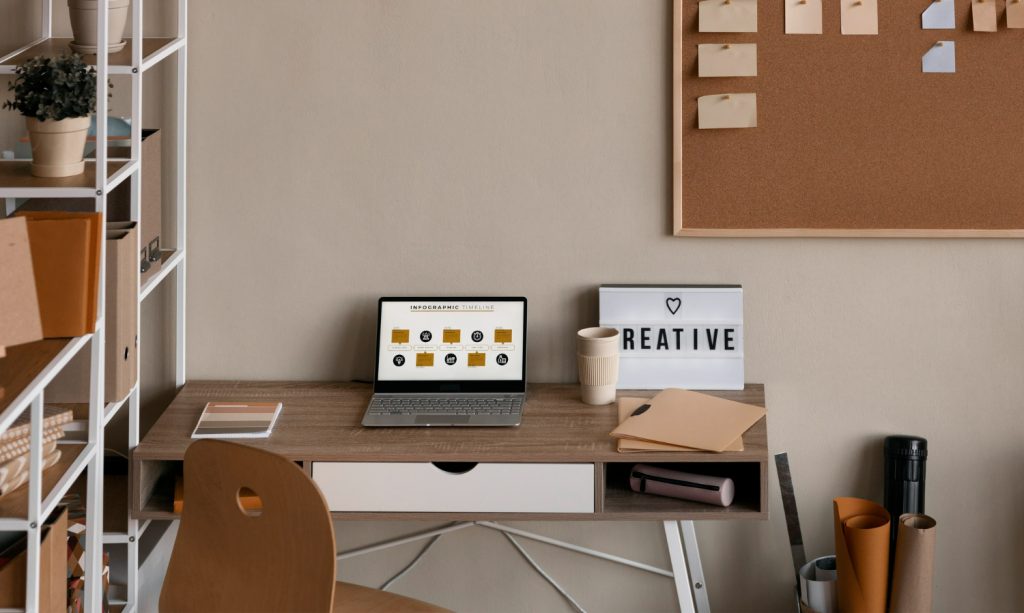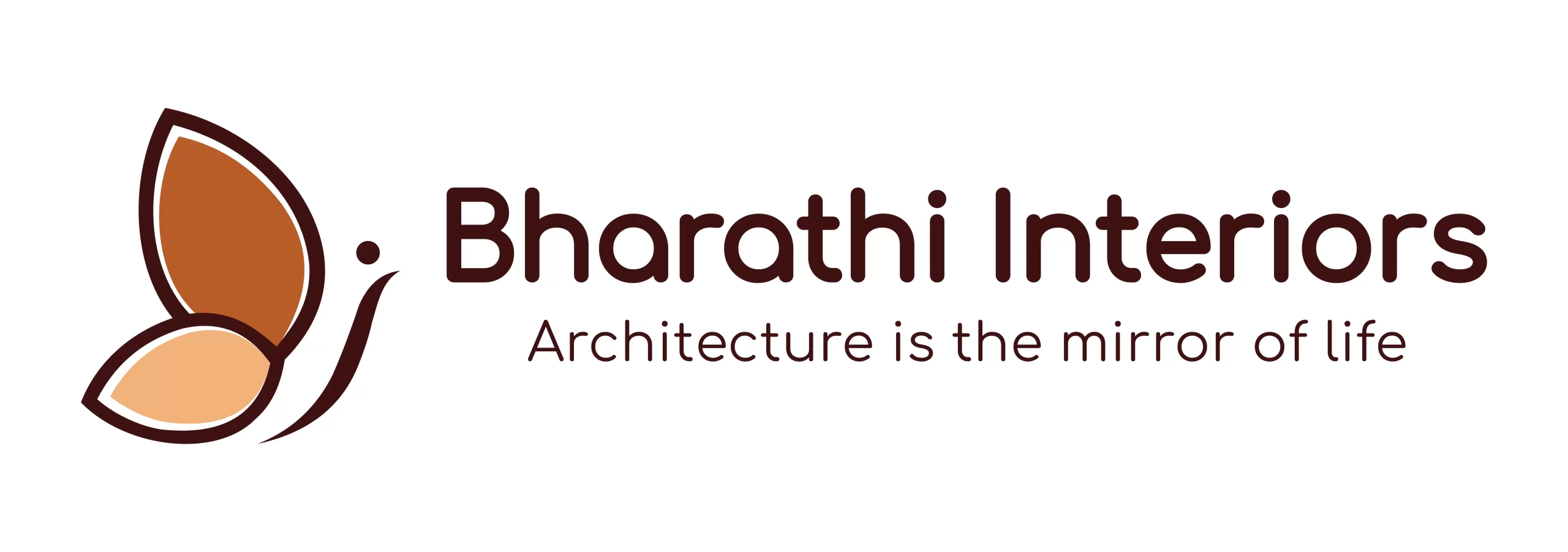Overview
As more people continue to work from home, the importance of creating a personalized and comfortable home office space has become increasingly apparent. Designing a home office that reflects your personality can not only enhance your productivity and creativity, but it can also make working from home a more enjoyable experience.
In this blog post, we will explore some tips and ideas for designing home office interiors that suits your personality. We will cover topics such as selecting the right color scheme, incorporating furniture and decor that align with your personal style, creating a functional workspace that meets your needs, and finding ways to infuse your space with personal touches that inspire you.
Whether you prefer a minimalist, modern, bohemian, or traditional aesthetic, there are countless ways to design a home office that reflects your unique personality and preferences. With the right approach, you can create a space that is not only functional but also inspiring and conducive to your work style. So if you’re looking to create a personalized and comfortable home office, this blog post is for you!
Table of Contents:
- Introduction
- Analyze your personality
- Color Psychology
- Furniture Selection
- Lighting
- Décor and Accessories
- Conclusion
- FAQ
Introduction:
A home office is an essential space for many of us, especially after the pandemic. We spent a lot of time working from home and we need a comfortable and inspiring space to work. Designing a home office can be a fun and creative process. However, choosing the right design to suit your personality can be challenging. In this article, we will explore how to office interiors design to suit your personality.
Analyze your personality:
The first step in designing your home office interior is to analyze your personality. What type of person are you? What are your interests and hobbies? What motivates you? These are some of the questions you need to ask yourself before designing your home office. Once you have a clear understanding of your personality, you can create a space that reflects your style.
Color Psychology:
The colors you choose for your home office can have a significant impact on your mood and productivity. Color psychology is the study of how colors affect human behavior. For example, blue is known to be a calming color that promotes productivity, while yellow is a cheerful color that stimulates creativity. It’s important to choose colors that suit your personality and work style. If you are a creative person, you may want to consider using bright and bold colors. If you are a more reserved person, you may prefer using neutral and calming colors.

Furniture Selection:
Selecting the right furniture for your home office is crucial. You need to consider both comfort and style. Choose a desk that is the right height and size for your needs. You may prefer a standing desk or a traditional desk. Make sure to choose a comfortable chair that supports your back and promotes good posture. If you have clients or colleagues who visit your home office, consider adding additional seating such as a sofa or armchairs.
Lighting:
Lighting is an essential factor in creating a comfortable and inspiring home office. Natural light is the best option if possible, as it helps boost productivity and improves your mood. If you don’t have access to natural light, consider using artificial lighting. Choose lighting that is bright enough to avoid eye strain, but not too bright to cause headaches. You can also add task lighting such as a desk lamp or floor lamp to help you focus on your work.
Decor and Accessories:
Decor and accessories are the final touches to your home office design. They can help personalize your space and make it more inspiring. Choose decor and accessories that reflect your personality and interests. You can add artwork, plants, and photos to create a warm and inviting space. Use storage solutions such as bookshelves and cabinets to keep your workspace organized and clutter-free.

Conclusion:
Creating a home office that mirrors your personality can be a delightful and innovative journey. As specialists in the field, Bharathi Interior emphasizes the importance of understanding your personality, opting for colors that enhance work efficiency, choosing comfort-driven furniture, installing suitable lighting, and infusing your space with personal décor and accessories. With these guidelines, Bharathi Interior can help you construct a cozy and motivating home office that is a true reflection of your unique personality.
FAQ:
1. What are some good colors to use in a home office?
Blue is a calming color that promotes productivity, while yellow is a cheerful color that stimulates creativity. You can also use neutral colors such as gray or beige.
2. How can I choose the right furniture for my home office?
Choose a desk that is the right height and size for your needs. Make sure to choose a comfortable chair that supports your back and promotes good posture. If you have clients or colleagues who visit your home office, consider adding additional seating such as a sofa or armchairs.
3. What are some popular interior design styles for home offices?
Some popular interior design styles for home offices include modern, minimalist, industrial, and traditional. Choose a style that suits your personality and preferences.
4. How can I incorporate my personality into my home office design?
Incorporate personal touches into your home office design, such as photos of loved ones, favorite artwork, or souvenirs from past travels. Choose colors, patterns, and textures that you love and that reflect your personality.
5. What kind of furniture is best for a home office?
Choose comfortable and ergonomic furniture for your home office, such as a chair with good back support and a desk that suits your needs. Consider adjustable monitor stands, keyboard trays, and footrests to make the space more comfortable.

